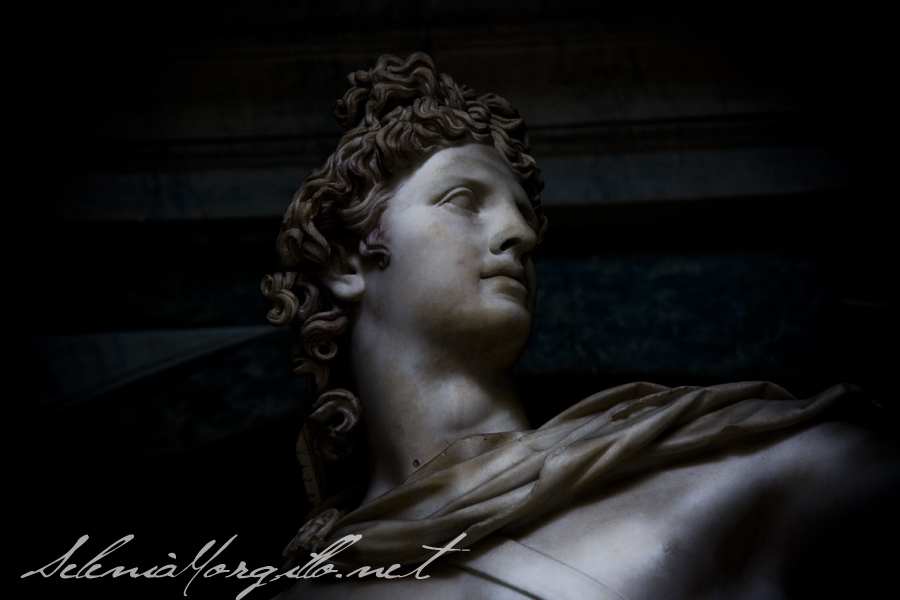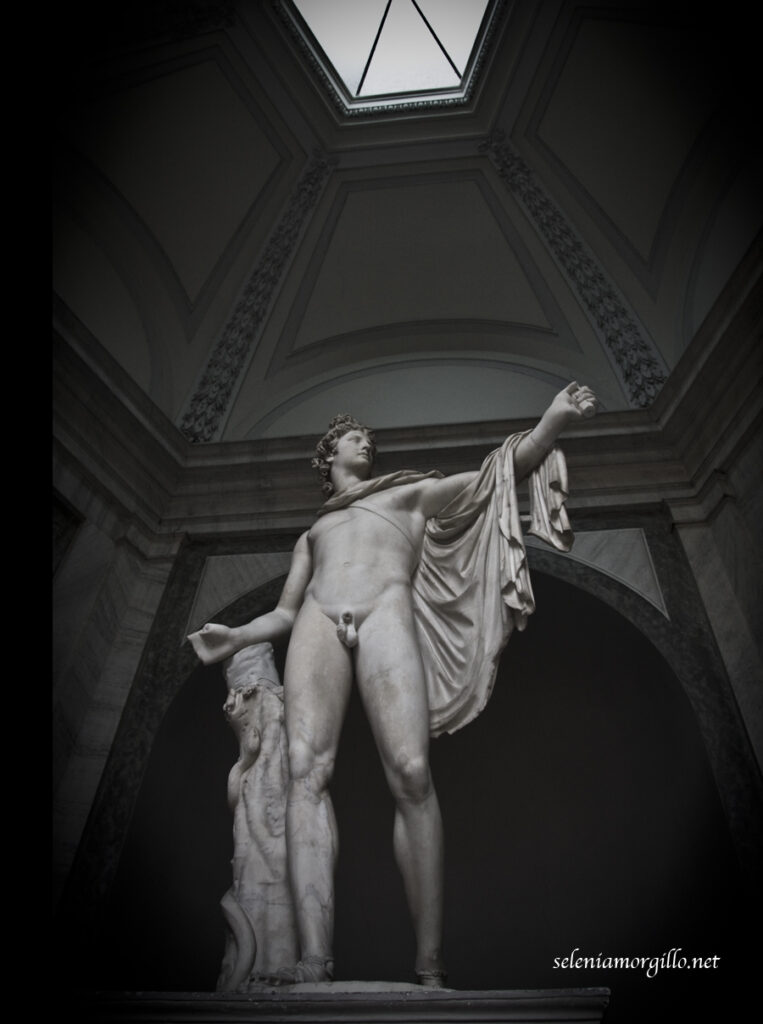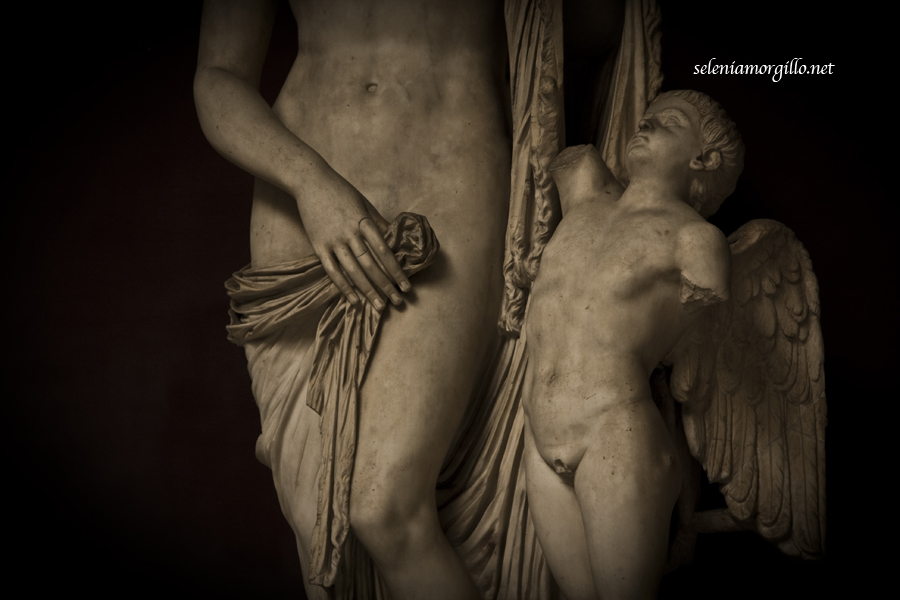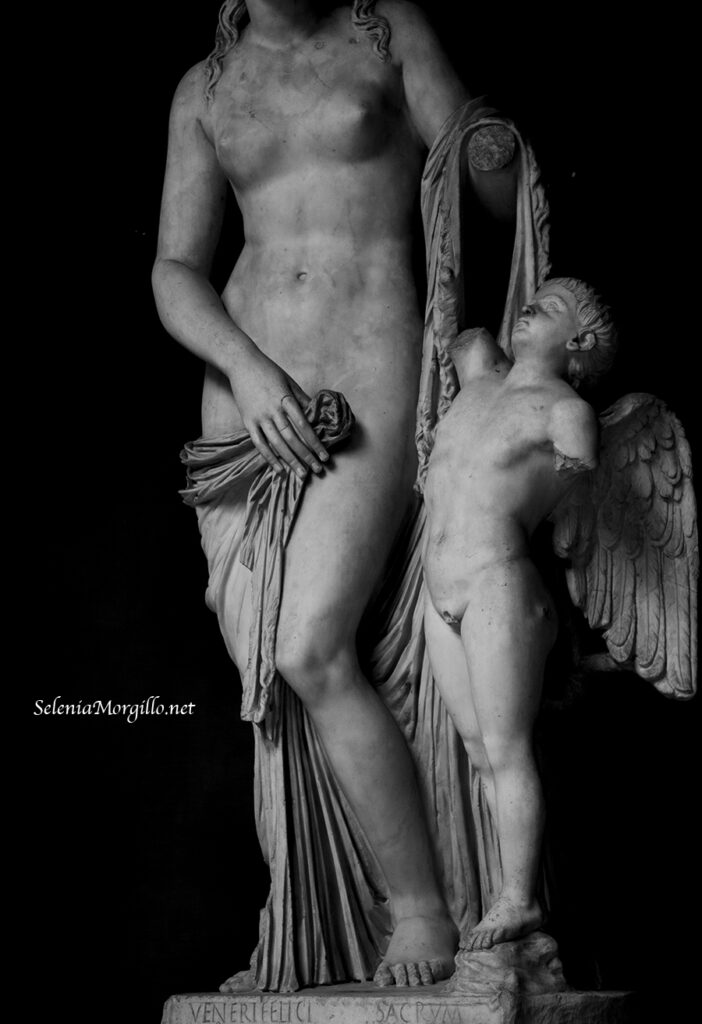The beginning of the Vatican Museums
Italian Version below*
When you visit impressive collections such as those of the Vatican Museums, the first sensation is one of loss.
The same happens every time we visit the Louvre in Paris or the Metropolitan in New York.
I have learned over the years the best approach to such concentrated beauty.
I try to enjoy art in small pieces, and go back to the same place over and over again, especially if the collection I visit is in the city where I live.
In reference to the Vatican Museums, the question that my clients generally ask me is: when was this collection born?
Although it is not easy to summarize, I have refined the storytelling technique with infinite study and patience, thus managing to answer their thousand questions and above all to leave in their mind the curiosity to deepen and return to “look”.
My approach to art is a simple, direct approach, I have always thought about the power of art for everyone, without excluding social categories.
I hope that you understand this wonderful world and be able to give priority, two packs of cigarettes, 10 coffees and millions of examples like this, make us understand that if you want you always have the opportunity to pay a ticket to get drunk with culture.
The conventional birth of the Vatican Museums dates back to the early sixteenth century when Julius II Della Rovere (1503-1513) arrived on the papal throne.
The name of Julius II is linked to admirable discoveries and commissions. He decided to have the ancient statues of his property transferred to the Vatican and placed in the garden of the Palazzetto del Belvedere.

We usually focus on three subjects, in particular, the Apollo cd. del Belvedere, the Laocoon, and the Venus Felix. The Apollo and the Laocoon have been in the same place for 500 years.
The Apollo of Belvedere is a marble sculpture made in the middle of the Imperial Age 130-140 AD from a Greek bronze original of 330-320 BC placed on the Agora of Athens.
The statue was transported from the Palazzo ai SS Apostoli by Julius II directly to the Vatican in the Cortile delle Statue del Belvedere.
The hands of the Apollo were integrated by a pupil of Michelangelo, Giovanni Angelo Montorsoli in 1532. In the left hand, the God carried the bow as a sign of his avenging power and in the right presumably an arrow.

The sculpture was admired by Michelangelo, Goethe and Winckelmann who claimed that the Apollo represented the highest ideal of art among all the works of antiquity that escaped destruction.
The Laocoonte group, on the other hand, was found in 1506 on the Esquiline, in the area formerly occupied by Nero’s Domus Aurea.

The sculpture conventionally represents the beginning of an ideal red thread, which continues with the Apollo fighting on the side of the Trojans, to continue with the Venus Felix (Aphrodite / Venus is the mother of Aeneas) and the group of Hercules and Telephus read Aeneas and his son Ascanio (the latter is the founder of Alba Longa, from which would be born the King Numitor. Rhea Silvia daughter of King Numitor, will give life to the twins Romulus and Remus, and then the first founder of Rome).
On the side opposite of the courtyard, compared to the Laocoon and the Apollo, we can admire the Statue of Venus Felix. It too recalls a great masterpiece, the Aphrodite Cnidia of Praxiteles, a cult statue, celebrated since ancient times, sculpted in the fourth century BC.

The one belonging to the Vatican collections is defined “Venus Felix” thanks to an inscription that would attest the dedication to Venus Felix of Sallustia, a Roman matron, whose portrait can be dated to the 2nd century AD
Rome had Venus as a particular protector.

The story that the Goddess of Love par excellence, managed to protect the city during the Trojan War, although not being able to prevent its fall, but handing down the lineage, as she helped her son Aeneas to escape from the burning city with his father Anchises and his son Ascanio-Iulio, with the task of looking for a land where he could give himself a new homeland, that homeland that we will later call Rome!
InfoSite: Vatican Museums
Follow me on IG/FB: selenia_eyeonart
All rights reserved*
Quando si visitano collezioni imponenti come quelle dei Musei Vaticani, la prima sensazione è di smarrimento. Lo stesso accade ogni qual volta visitiamo il Louvre a Parigi oppure il Metropolitan a New York.
Ho affintato con gli anni il migliore approccio a tanta bellezza concentrata.
Cerco di godere dell’arte a piccoli pezzi, e tornare infinite volte nel medesimo luogo, soprattutto se la collezione che visito è nella città in cui vivo.
In riferimento ai Musei Vaticani, la domanda che generalmente mi pongono i miei clienti è: quando nasce tutto ciò?
Per quanto non sia semplice riassumere, ho affinitato con infinito studio e pazienza, la tecnica dello storytelling, riuscendo così a rispondere alle loro mille domande e soprattutto a lasciare nella loro mente la curiosità di approfondire e ritornare a “guardare”.
Il mio approccio all’arte è un approccio semplice, diretto, ho sempre pensato al potere dell’arte per tutti, senza esclusione di categorie sociali.
Auspico che si comprenda questo meraviglioso mondo e si riesca a dare priorità: due pacchetti di sigarette, 10 caffè e milioni di esempi così, ci fanno capire che se si vuole si ha sempre l’opportunità di pagare un biglietto per inebriarsi di cultura.
La nascita convenzionale dei Musei Vaticani si attesta agli inizi del Cinquecento, quando sul soglio papale arriva Giulio II della Rovere (1503-1513).
Il nome di Giulio II si lega a mirabili scoperte e commissioni. Egli decise di far trasferire in Vaticano e collocare nel giardino del Palazzetto del Belvedere, le antiche statue di sua proprietà.

Ci si sofferma solitamente su tre soggetti in particolare, l’Apollo cd. Del Belvedere, il Laocoonte e la Venus Felix. L’ Apollo ed il Laocoonte si trovano nel medesimo luogo da 500 anni.
L’Apollo del Belvedere è una scultura marmorea realizzata in piena età imperiale 130-140 d.C. da un originale bronzeo greco del 330-320 a.C. collocato sull’Agorà di Atene.
La statua fu fatta trasportare dal Palazzo ai SS Apostoli di Giulio II direttamente in Vaticano nel Cortile delle Statue del Belvedere.
Le mani dell’Apollo furono integrate da un allievo di Michelangelo, Giovanni Angelo Montorsoli nel 1532. Nella mano sinistra il Dio portava l’arco come segno della sua potenza vendicatrice e nella destra presumibilmente una freccia.

La scultura fu ammirata da Michelangelo, Goethe e Winckelmann.
Quest’ultimo sostenne che l’Apollo rappresentasse l’ideale più alto dell’arte tra tutte le opere dell’antichità che sono sfuggite alla distruzione.
Il gruppo del Laocoonte, invece, fu rinvenuto nel 1506 sull’Esquilino, nell’area anticamente occupata dalla Domus Aurea di Nerone.

La scultura convenzionalmente rappresenta l’inizio di un filo rosso ideale, che continua con l’Apollo che combatte dalla parte dei troiani, per proseguire con la Venus Felix (Afrodite/Venere è la madre di Enea) e il gruppo di Ercole e Telefo letto come Enea con il figlio Ascanio (quest’ultimo è il fondatore di Alba Longa, dalla cui stirpe nascerà il Re Numitore. Rea Silvia figlia di Re Numitore, darà alla vita i gemelli Romolo e Remo e quindi il primo fondatore di Roma).
Nel lato opposto del Cortile, rispetto al Laocoonte e all’Apollo, possiamo ammirare la Statua della Venus Felix. Anch’essa rievoca un grande capolavoro, l’Afrodite Cnidia di Prassitele, statua di culto, celebrata fin dall’antichità, scolpita nel IV secolo a.C.

Quella appartenente alle collezioni Vaticane è definita “Venus Felix” grazie ad una iscrizione che attesterebbe la dedica a Venere Felice da Sallustia, matrona romana, il cui ritratto è databile al II secolo d.C.
Roma ebbe Venere come particolare protettrice.

Narra la storia che la Dea dell’Amore per eccellenza, riuscì durante la guerra di Troia a proteggere la città, seppur non potendo impedirne la caduta, ma tramandandone la stirpe, in quanto aiutò suo figlio Enea a fuggire dalla città in fiamme con suo padre Anchise e suo figlio Ascanio-Iulio, con il compito di cercare una terra dove darsi una nuova patria, quella patria che poi chiameremo Roma!
InfoSite: Musei Vaticani
Segui le mie pagine IG/FB: selenia_eyeonart
Tutti i diritti sono riservati. E’ vietata qualsiasi utilizzazione, totale o parziale, dei contenuti inseriti nel presente portale, ivi inclusa la memorizzazione, riproduzione, rielaborazione, diffusione o distribuzione dei contenuti stessi mediante qualunque piattaforma tecnologica, supporto o rete telematica, senza previa autorizzazione scritta di Selenia Morgillo.